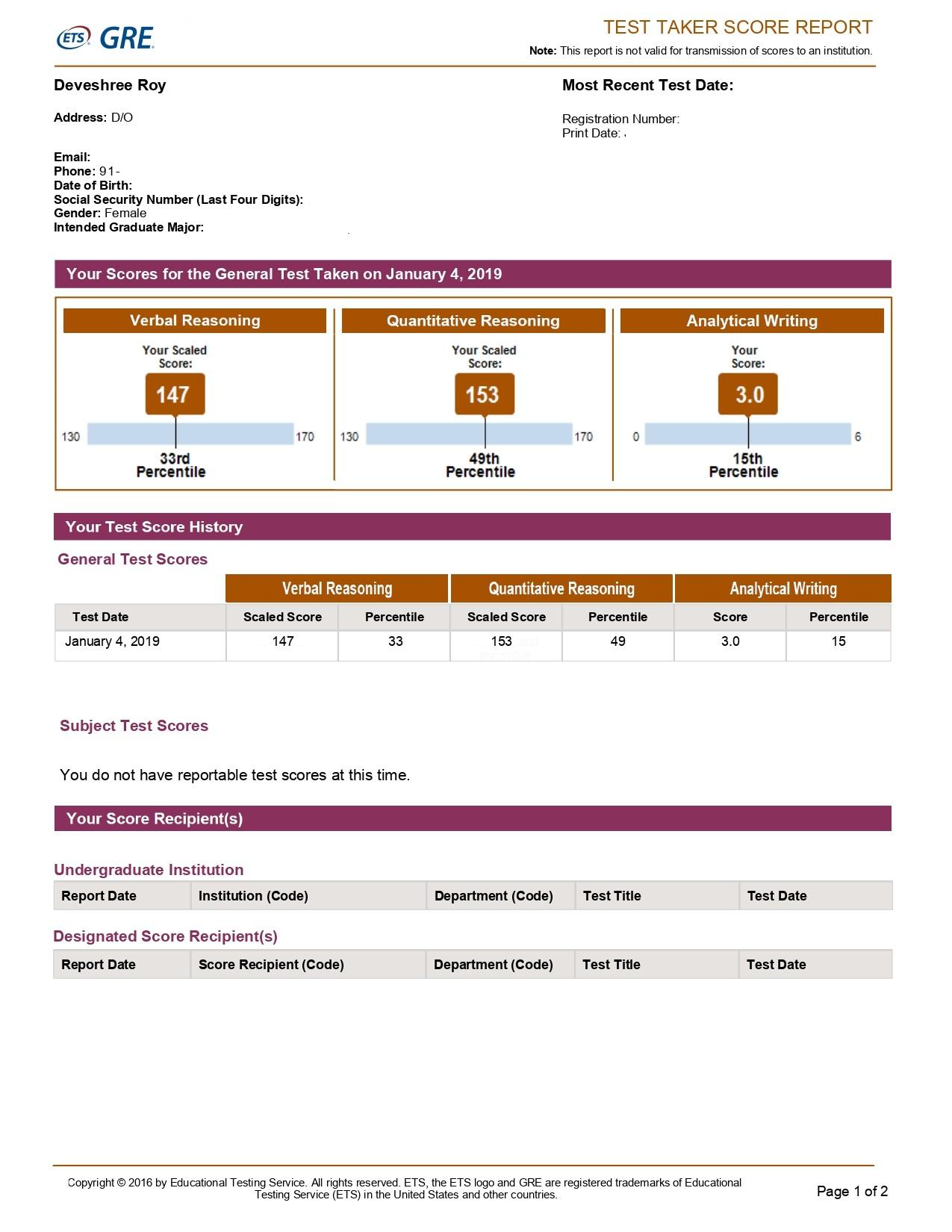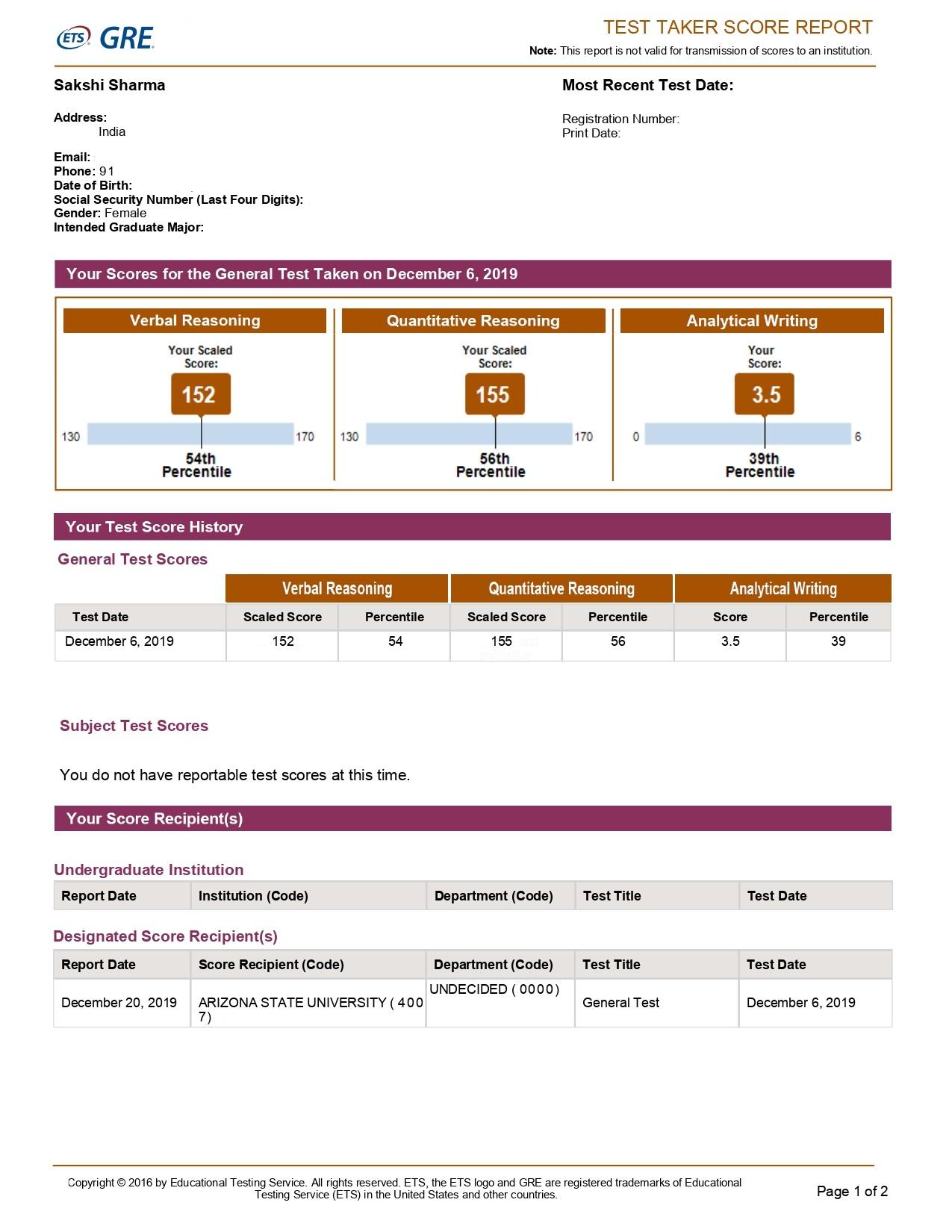SAT COACHING
What is Scholastic Aptitude Test:
SAT is a standardized test administered by the College Board and is required to be taken by students seeking admission to undergraduate schools. The full form of SAT is the Scholastic Assessment Test, which was earlier known as the Scholastic Aptitude Test. SAT exam has been developed to evaluate the written, verbal and mathematical skills of the candidates. Applicants aspire to pursue undergraduate courses, particularly in the US and Canada, are required to take the SAT exam. If the student is looking to get admission to a particular course, s/he can take the SAT subject tests to show his knowledge and understanding of that particular subject. Subject tests are offered in areas like Literature, History, Mathematics, Sciences and Foreign Languages.
- SAT Reasoning TestTM (SAT / SAT I)
- SAT Subject TestsTM (Formerly known as SAT II)
SAT scores are required for purpose of getting admission in bachelor degree program by almost all colleges and universities in the USA and Canada. As a result SAT scores are mainly used by two categories of Indian Students, who are seeking admission in any colleges and Universities of United States America:
High School Students and Higher Secondary students
In India students of 9th, 10th, 11th, 12th standard are required to take SAT test as part of the admission process of any college and Universities in USA.
Transfer Students (BE BBA, BCA, B.Sc…..etc)
Several universities of United States also use SAT scores to judge student’s applications for Transfer* from an Indian bachelor degree to US bachelor degree program. For that student studying in BCA, BBA, B.Sc., BE….etc can use SAT score to transfer his first, second and third year of academic records to US University to obtain admission in directly second or third year of bachelor degree program.
Note:
There has been a great increase in number of students applying to US Universities and colleges for Transfer* because obtaining admissions in the first year in master degree program in very good university is difficult.
[*Transfer – Admission directly in 2nd, 3rd …etc year of bachelor degree program of US Universities and colleges in any discipline]
Why Do So many colleges require you to take the SAT?
The United States has no national education standards, so a B+ from one teacher does not necessarily represents the same level of accomplishment as does a B+ from another teacher, even in the same school. Given how hard it is to compare the academic achievements of students within one school, consider the difficulty of evaluating students who come from a public and private schools in urban, suburban, and rural areas throughout the United States. The SAT provides college admission officers with a quick way to compare applicants from thousands of different high schools). On one day hundreds of thousands of students throughout the US (And in many foreign countries) take the exact same version of the SAT reasoning test, and the Mathematics score of 670 means exactly the same thing at a private school in Massachusetts as it does in a public school in California.
Fact’s about SAT
Colleges and universities use academic record, recommendation letters, SOP in combination with SAT score to grant admissions. High SAT score can also get student scholarships from universities.
Most important school marks are 10 and 12th class while marks of 9 and 11 are also considered While evaluating students applications.
Several universities to judge students applications for transfer from an Indian bachelor degree to US bachelor degree program also use SAT scores. For that student studying in BCA, BBA, B. Sc or BE can use SAT score to transfer his first second third years of academic records to the US University to obtain admission in directly second or third year of bachelor degree program.
There has been a great increase in No of students applying to US Universities for transfer because obtaining admissions in master degree program in very good university is difficult.
The last date for registration for any particular test date is usually a month before. Three million students take the test every year. SAT scores are valid up to five year. Calculators are allowed. The scores come approximately after four to six weeks. The test is non adaptive in nature but is with negative marking. One fourth of marks are deducted for wrong answers.
Average scores are 1200. And score above 1400 are considered excellent. Colleges and universities use academic record, recommendation letters, SOP in combination with SAT score to grant admissions. High SAT score can also get student scholarships from universities. Test preparation facility is also available at Meridian. If you decide to enroll for SAT classes at Meridian and because of some reason decide not to go for undergraduate studies but for masters degree program then you can join GRE classes at meridian for free.
Identification requirement for appearing in the SAT Tests
Students testing in India must present current and valid passport containing student’s signature and a current, recognizable photo. No other form of ID will be accepted.
Validity of SAT Scores:
Your scores are maintained on active file for five year.
Important points related with scoring:
Negative Marking:
A student gets one point for each right answer and loses a fraction of a point for each wrong answer.
Student neither gain nor loose points for omitting an answer.
Note
If student can rule out one or more answer choices for a multiple-choice question as definitely wrong, your chances of guessing correctly among the remaining choices improve. If you have no clue as to the correct answer, random guessing is not to your advantage. You should omit questions only when you really have no idea how to answer them.
What is the SAT or SAT Reasoning TestTM
SAT Reasoning Test. SAT is a standardized examination written and administered by Educational Testing Services (ETS). SAT reasoning test is a three hours 45 minutes paper based multiple choice question tests.
Format of the SAT Reasoning TestTM
The SAT, Which is written and administered by the Educational Testing Services (ETS), is nicely designed to evaluate students reading, writing, and mathematical reasoning abilities. As a result, student will actually get three scores:
| Section | Time Allowed | Description |
| Maths | 80 minutes | 57 Questions
Problem solving / Data Analysis / Algebra / Advanced Math 200-800 |
| Reading | 65 Minutes | 52 Questions
Sentence Completion / US and world Literature / History / Social Studies / Sciences 200-800 ( Combined with Writing section) |
| Writing and Language | 35 minutes | 44 Questions
Expression of Ideas and standard English conversations / History / Social studies / Humanities / Sciences 200-800 ( Combined with Writing section) |
| Essay
( One Optional Essay) |
50 Minutes | Evaluate an argument through the analysis of evidence.
Not scored |
Total: 154 Questions
Duration: 3Hrs with 50mins of extra time allotted for Essay (optional)
Total Score: 1600
Critical Reading Section:
The critical reading section test your reading skills and your vocabulary. One goal of the exam is to determine whether when you read a passage you understand what the author is saying and can make valid conclusions based on the text. Another goal is to determine whether the level of vocabulary is sufficiently high for you to be able to read college level text.
These sections contain two types of questions:
- Sentence completion questions
- Critical reading questions
- SAT contains three critical reading sections
- Reading comprehension – 25 mins
- Sentence completions – 25 mins
- Paragraph-length critical reading – 20 mins
Mathematics Section:
The Mathematics section of the SAT is less a test of your knowledge of arithmetic, geometry, and algebra than they are of your ability to reason logically.
What many students find difficult about these questions is not the level of mathematics (because much of the exam is based on topics in arithmetic, algebra, and geometry taught in middle school. Most of the topics taught in high schools are not included, and the majority of the questions are based on mathematics that is taught by the ninth grade). Rather the difficulty lies in the way that test takers must use the mathematics they already known as the reason through the solutions.
- SAT contains three Math sections
- Algebra and functions – 25 mins
- Geometry Statistics – 20 mins
- Probability and Data analysis – 20 mins
Writing Skills Section:
The writing skills section of the SAT test both your ability to write an essay under time pressure and your quickness at spotting grammatical errors and awkwardly written prose. In the essay writing section, you are not being tested on how neatly you write (although legibility helps), or how much u put down on paper (longer papers often treat the topic more thoroughly than shorter once do and may receive higher scores).
You are being tested on how effectively you express your ideas. Likewise, in the multiple choice writing sections, you are not being tested on your knowledge of technical grammatical terms. You are being tested on your sense of standard written English.
- SAT writing has three sections
- Essay section – 25 mins
- Multiple choice sections – 25 mins and 10 mins
SAT Subject TestsTM [Formerly known as SAT II
The SAT Subject Tests are one-hour, mostly multiple-choice paper based tests in specific subjects. SAT Subjects tests are designed to measure your knowledge and skills in particular subject areas, as well as your ability to apply that knowledge.
Students take the Subject Tests to demonstrate to colleges their mastery of specific subjects like English, history, mathematics, science, and language. The tests are independent of any particular textbook or method of instruction. The tests content evolves to reflect current trends in high school curricula, but the types of questions change little from year to year.
Many colleges use the Subject Tests for admissions, for course placement, and to advise students about course selection. Used in combination with other background information (your high school record, scores from other tests like the SAT Reasoning Test, teacher recommendations, etc.), they provide a dependable measure of your academic achievement and are a good predictor of future performance.
Some colleges specify the Subject Tests they require for admissions or placement: others allow applicants to choose which tests to take.
Note:
SAT Subject tests are administered on the paper on the same date as SAT Reasoning tests. One can test up to maximum of three subjects at a time. The subjects relevant to Indian student are writing, biology, mathematics, physics, chemistry. The SAT II scores are required by very few US Universities.
Test Fee:
For fees options Visit www.Collegeboard.com
Use of Calculators:
You may use a calculator on the Mathematics Level 1 and Mathematics Level 2 tests only.
Duration and dates of the SAT Subject tests:
All Subject Tests are one-hour, multiple-choice tests. However, some of these tests have unique formats.
SAT tests are administered 6 times in India.
Subject Tests fall into five general subject areas:
English
- Literature
- History and Social Studies
- S. History (Formerly American History and social studies)
- Mathematics
- Mathematics Level 1 ( Formerly Mathematics IC)
- Mathematics Level 2 (Formerly Mathematics IIC)
Note:
The Subject Tests in Mathematics (Level 1 and Level 2) have some questions that require the use of at least a scientific or graphing calculator. Mathematics Subject Tests are developed with the expectation that most students will use a graphing calculator. There are no plans to discontinue or change the content of the Subject Tests in Mathematics Level 1 or Mathematics Level 2.
- Science
Note:
The Subject Test in Biology E/M contains a common core of 60 general-knowledge multiple-choice questions, followed by 20 multiple-choice questions that emphasize either ecological (Biology E) or molecular (Biology M) subject matter. Before testing begins, you must choose which test you will take, either the ecological or molecular. Students are not allowed to take both tests in one sitting. If you do, your scores may be canceled.
- Languages
- Chinese with Listening
- French
- French with Listening
- German
- German with Listening
- Spanish
- Spanish with Listening
- Modern Hebrew
- Italian
- Latin
- Japanese with Listening
- Korean With Listening
Note:
The Subject Tests in Languages with Listening (Chinese, French, German, Japanese, Korean, and Spanish) consist of a listening section and a reading section. Students taking these tests are required to bring an acceptable CD player with earphones to the test center.





































